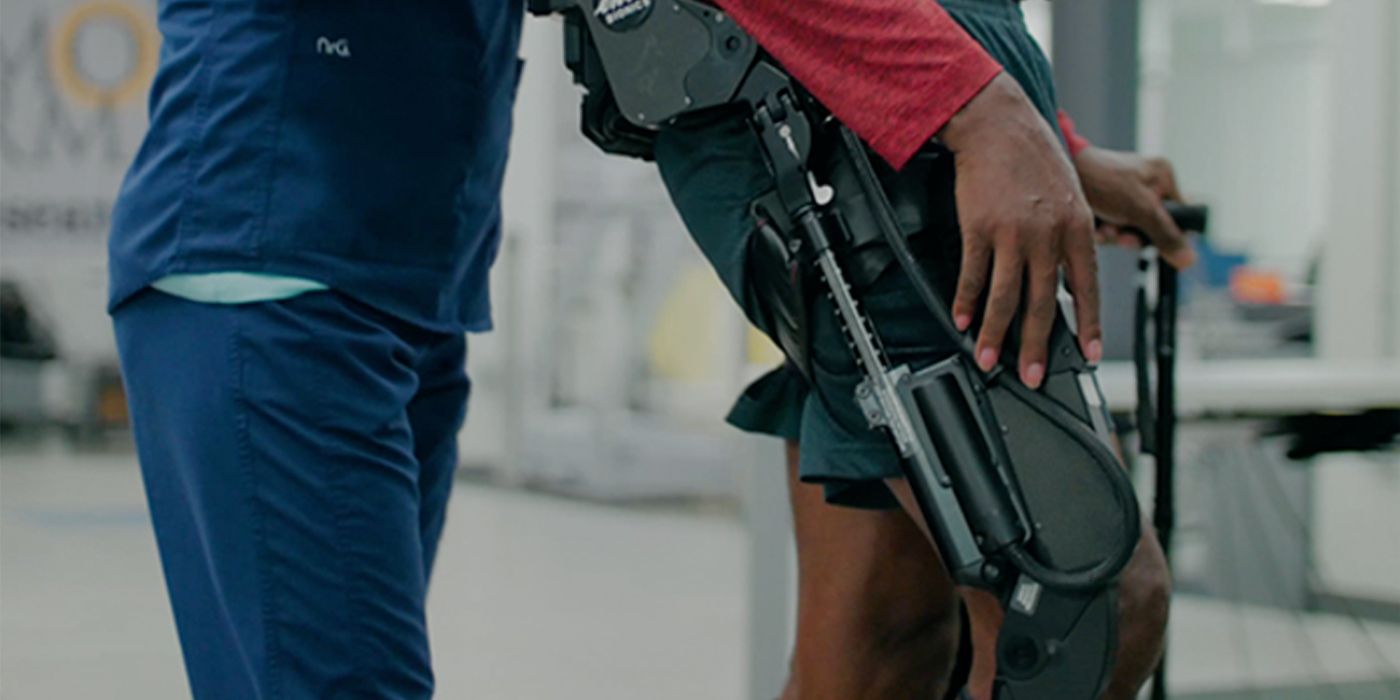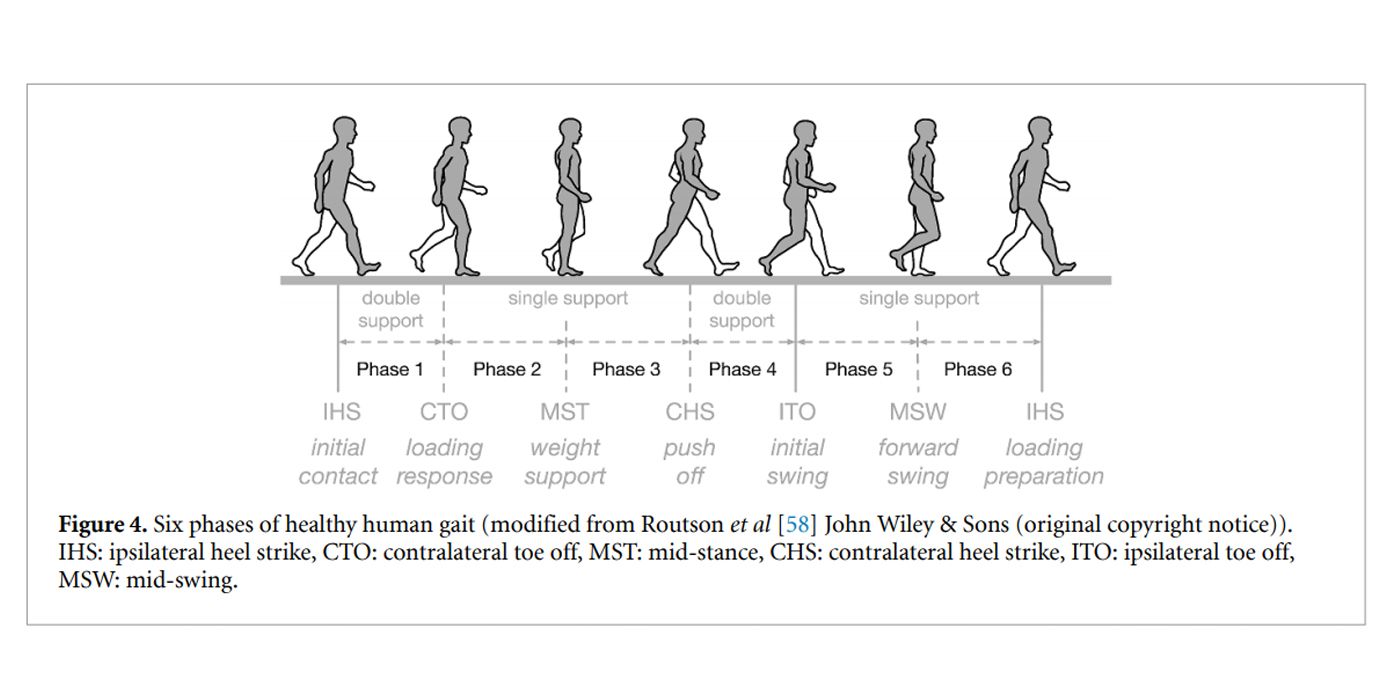
Robot-assisted therapy through the use of exoskeletons can be useful in helping rehabilitate stroke victims, researchers at the University of Texas have found. This research is welcome, considering that stroke is one of the leading causes of death worldwide, and when a stroke victim survives, it can mean long-lasting physical disability. A stroke victim may face partial or total paralysis over large portions of their body. Using robotics to help patients regain full or partial use of limbs is a field of work that has grown steadily in recent years, and this latest advancement is a great example.
Outside of healthcare and medical applications, robots are hard at work performing jobs that humans simply can't (or wouldn't want to) do themselves, like endlessly scouring the shores for pollution. Tesla recently threw its hat into the robotics ring and announced a humanoid robot that was designed to tackle the menial tasks of daily life. Companies such as Boston Dynamics have been developing robots for the construction site and to help with search and rescue efforts in the hopes of saving human lives. The field of robotics brings with it a truly hopeful view of the future for humanity.
The way researchers at the University of Texas are using robotics to help stroke victims is simple. An exoskeleton provides the user with greater mobility by offering additional support muscles and limbs that have lost dexterity or stability. Published in the Journal of Neural Engineering, the use of the exoskeleton 'Ekso 1.1' showed the potential to correct impaired walking patterns on a weak or paralyzed leg and increase its motor coordination. The promising research showed that with the introduction of a robotics-assisted exoskeleton to help synergize the afflicted leg, participants showed the potential to regain their normal walking ability. The use of the exoskeleton allows for longer training times during rehabilitation.

The researchers drew from a sample of 11 able-bodied participants and 10 stroke victims. The study tasked the participants with walking on a treadmill over 10 to 15 supervised sessions for 50-minute sessions over four weeks. The findings showed the research team how a powered exoskeleton affects the stroke subjects’ neuromuscular coordination walking and demonstrated the potential to use muscle synergy as a result of the exoskeleton's involvement.
This research could be a hopeful, albeit pricey, step towards fighting the long-term impact of a stroke, and it furthers the trend of robotics being used to help patients regain their freedom. While the work is in its infancy, having just been published for peer review, and the exoskeleton itself being a prototype model, it could have a long-term impact in the field of stroke rehabilitation.
Source: Journal of Neural Engineering
from ScreenRant - Feed https://ift.tt/3yz86UB
https://ift.tt/2YdSlWL
Comments
Post a Comment